
Who he is: Jonathan William Anderson, also known in the fashion industry as J.W. Anderson, was born on the 17th of September 1984 in Magherafelt, Northern Ireland. He is a trailblazing fashion designer currently at the helm of Dior and previously at Loewe. Celebrated for his inventive blend of artistry and craft, he is currently the designer who oversees the most fashion collections per season. Anderson initially pursued acting, studying in Washington, D.C., before shifting his focus to design. He earned a degree in menswear from the London College of Fashion, graduating in 2005. Beyond his fashion output, Anderson is admired for his cultural crossovers, designing costumes for films (including projects with Luca Guadagnino) and taking part in major pop culture moments, such as creating Rihanna’s outfit for her pregnancy reveal at the 2023 Super Bowl halftime show.
What he does: In 2008, Anderson launched his menswear label J.W. Anderson at London Fashion Week. By 2010, he added a women’s capsule collection, which soon became a permanent offering. The label is known for blending masculinity and femininity, experimenting with form, and creating thoughtful collages of silhouette and texture. His early career was supported by the British Fashion Council’s NEWGEN program in 2010 and 2011. He won the Emerging Talent – Ready-to-Wear Award in 2012 and New Establishment Designer of the Year in 2013.
That same year, LVMH acquired a minority stake in J.W. Anderson and appointed him Creative Director of Loewe, the Spanish luxury house famous for its leather goods. Under his leadership, Loewe flourished, introducing iconic accessories such as playful animal-shaped keychains and the Puzzle bag. Anderson has received numerous honors, including winning both Menswear and Womenswear Designer of the Year at the British Fashion Awards in 2015, the first brand to do so. In 2023, he was named Designer of the Year by GQ and the Council of Fashion Designers of America, and he appeared on Time’s 100 Most Influential People of 2024 list.
Fun Fact: For his J.W. Anderson Fall 2022 collection, Anderson released a super realistic, life-sized leather pigeon clutch that quickly went viral online, people couldn’t believe a luxury bag could look so much like a bird. He’s also known for blending fashion with fine art and craft. For Loewe’s Spring/Summer 2023 collection, he drew inspiration from a teapot by British ceramicist Ewen Henderson, translating its texture and organic form into clothing and accessories. Some garments quite literally looked as though they had been sculpted from clay.
Artistic Vision and Identity
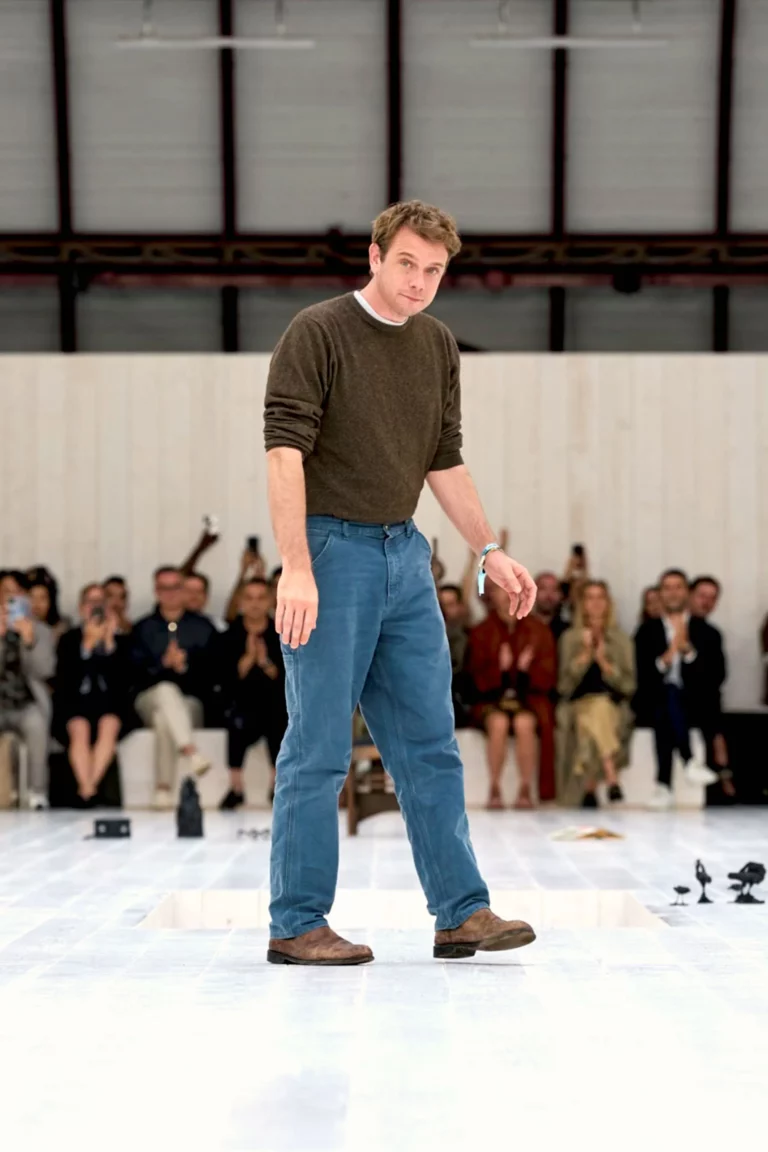
Anderson’s work is rich with shape, texture, and culture, frequently challenging traditional gender norms in both cut and concept. His early J.W. Anderson collections were known for putting men in ruffles and lace, long before “gender-fluid” fashion became a mainstream conversation. He views clothing as a tool for expression, not a box to divide people by gender. Anderson often approaches design like a sculptor or installation artist, and his collections feature exaggerated silhouettes, unusual materials, and conceptual shapes. Examples include inflated proportions, frog bags, and Loewe tops that resemble porcelain or balloons.
Rather than enforcing a fixed aesthetic, Anderson curates ideas, inspires emotion, and invites interpretation. His shows are filled with visual puzzles and intentional contradictions, left open-ended for the viewer. He references obscure art, outsider craft, surrealist gestures, and even 17th-century painting, then juxtaposes them with stark modernism or absurd humor. He deconstructs binary norms, including dresses on men, suits with corsetry, and knitwear that conceals and reveals. Anderson doesn’t simply make “gender-neutral” clothes; he questions why such categories exist at all. His designs often evoke a sense of vulnerability through soft fabrics, fragmented shapes, and distorted fits that seem to say, you don’t need to fit perfectly to be beautiful.
Anderson likes to provoke and play with fashion conventions. His humor isn’t about being silly, it’s about disarming the seriousness of luxury fashion and challenging consumerism. Critics often describe his work as intellectual, yet it’s equally personal and emotional. He explores fragility, nostalgia, rebellion, and curiosity, drawing inspiration from his Irish upbringing, art-school sensibilities, and even childhood objects.
Anderson also draws direct inspiration from fine artists such as Ewen Henderson, Lucie Rie, and Paul Thek. He has featured contemporary artworks in his shows, stores, and campaigns, often blurring the line between fashion runway and art exhibition. His pieces don’t just follow trends, they respond to cultural and artistic ideas. Whether it’s absurd tennis-ball heels, toilet-paper shoes, or models wearing balloon-like chest pieces, every creation feels authentically and unmistakably his.
Heritage
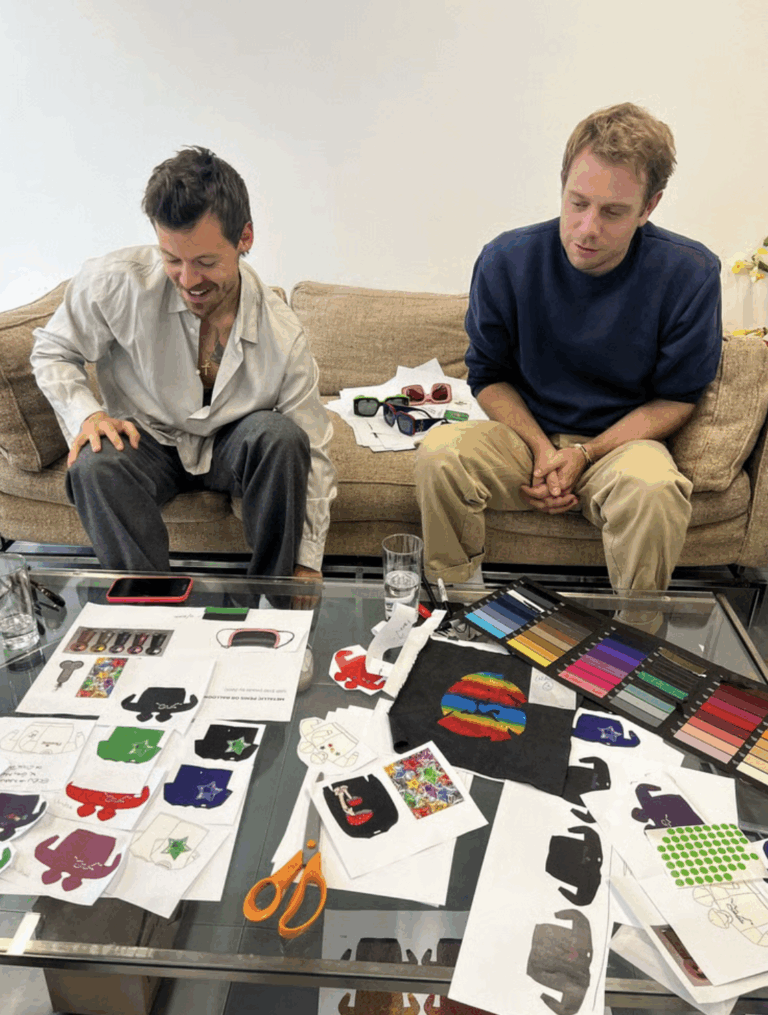
The core heritage and upbringing of J.W. Anderson have had a huge influence on his creative process. As the son of a well-known Irish rugby player and coach recognized in national sports, he was exposed early to norm-core masculinity, structure, and discipline, a stark contrast to Jonathan’s more sensitive, non-binary creative nature. Growing up under this discipline gave him a strong drive to carve out his own identity, not through physical strength, but through visual strength and creative autonomy.
His mother, Heather Buckley, an English teacher, shared the literary side of life, while his father, a textile designer, introduced Jonathan to the world of craft, cloth, and making. His grandfather taught him to value materials, not just concepts, and to see beauty in fibers, textures, and the handmade. This early exposure laid the groundwork for his lifelong commitment to artisanal excellence. His grandfather also introduced him to ceramics and flea market hunting, while his mother guided him through literature, exposing him to James Joyce, Samuel Beckett, and Oscar Wilde, which has had a lasting influence on his creative process.
While Anderson keeps his personal life fairly private, his gender-fluid design philosophy and celebration of non-conformity suggest a deep connection to identity and how it intersects with his hybrid heritage, balancing both soft and rugged influences.
Personal Style
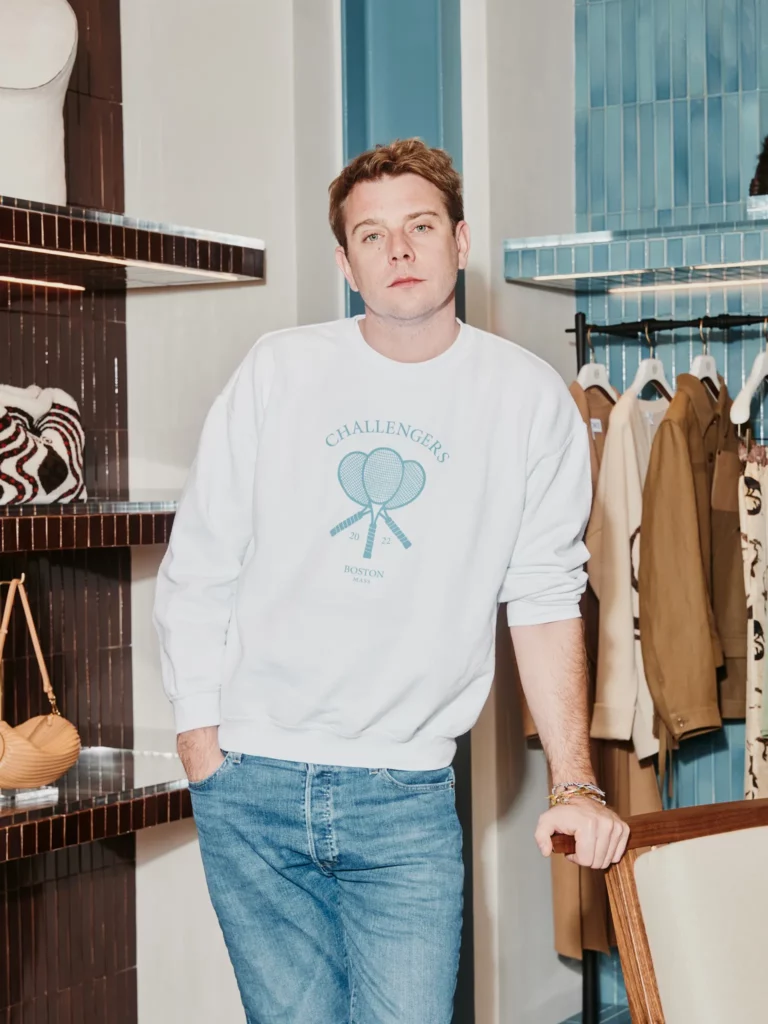
Anderson’s personal wardrobe is deliberately simple and consistent. He can even be spotted in casual settings in Paris, such as Gare du Nord or the quais de Seine, smoking a cigarette incognito. He typically wears A.P.C. jeans, a plain white T-shirt, and a navy sweater, which is his own version of a daily uniform. He also takes care to rotate about 40 different Loewe and J.W. Anderson bags in a practical, office-ready way.
Despite working in fashion, he prioritizes comfort over making a sartorial splash with his everyday look. As he puts it, “the collections should stand out, not so much what I am wearing.” Though his personal presentation is low-key, those who know him say he is far richer in ideas and aesthetic depth than he lets on. One collector described him as “amazing but not what you would expect based on his joyful work.” Anderson’s public and private personas are infused with curiosity and creativity. Whether through subtle visual references or outright experiments with structure, he blends art and fashion seamlessly while remaining grounded and unassuming.
Controversiality
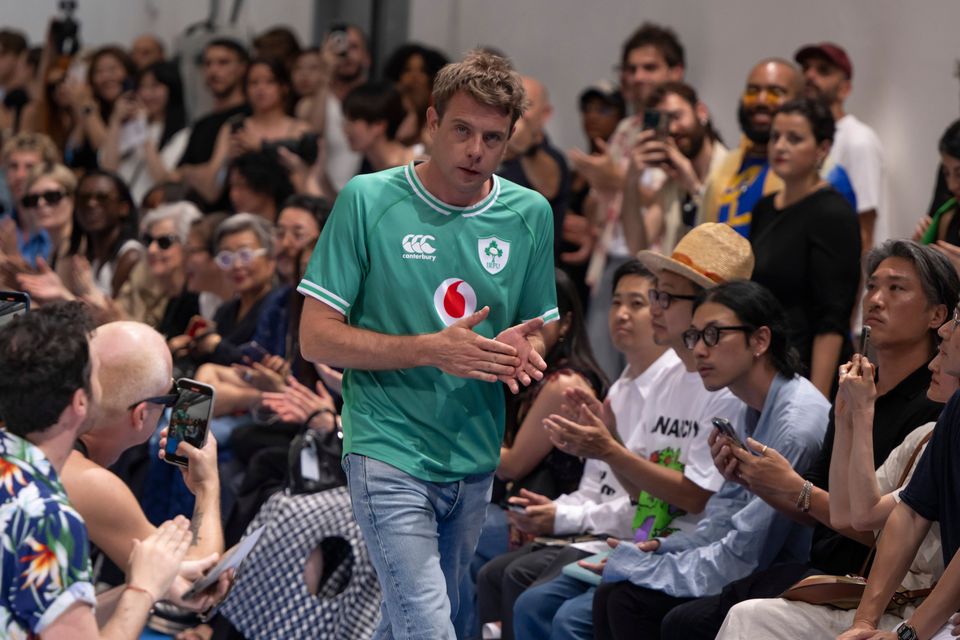
Jonathan Anderson’s departure from Loewe in March 2025 marked the end of an 11-year era. It followed a wave of creative director shake-ups across fashion’s leading houses, signaling broader industry turbulence. Anderson has expressed strong concerns about self-censorship in the fashion and creative industries. He argues that society’s fear of being “cancelled” stifles bold conversation and artistic provocation. Reflecting on the 2013 show, he noted, “I was cancelled, technically… so what if people hated it?” and lamented that authentic reactions, even negative ones, are rarer today.
Most Known For
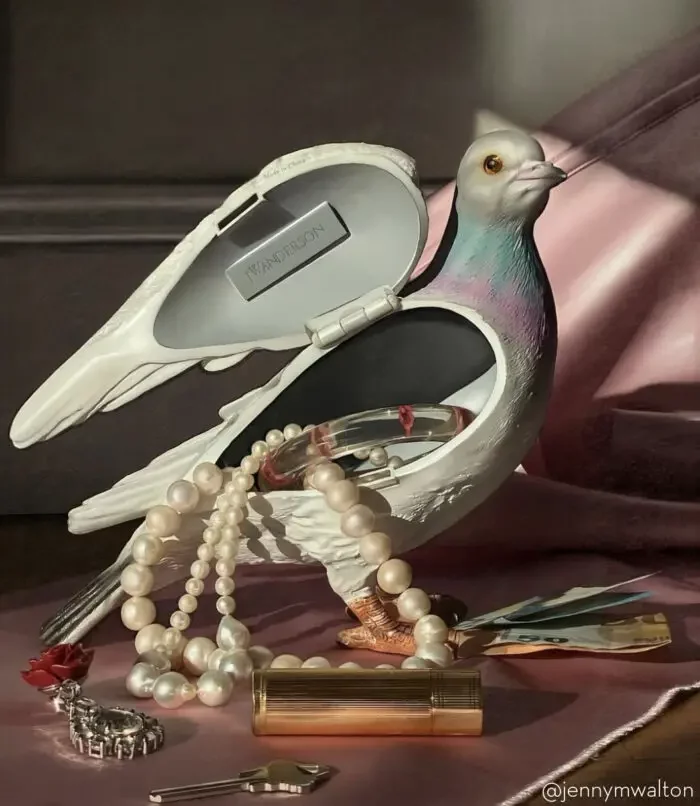
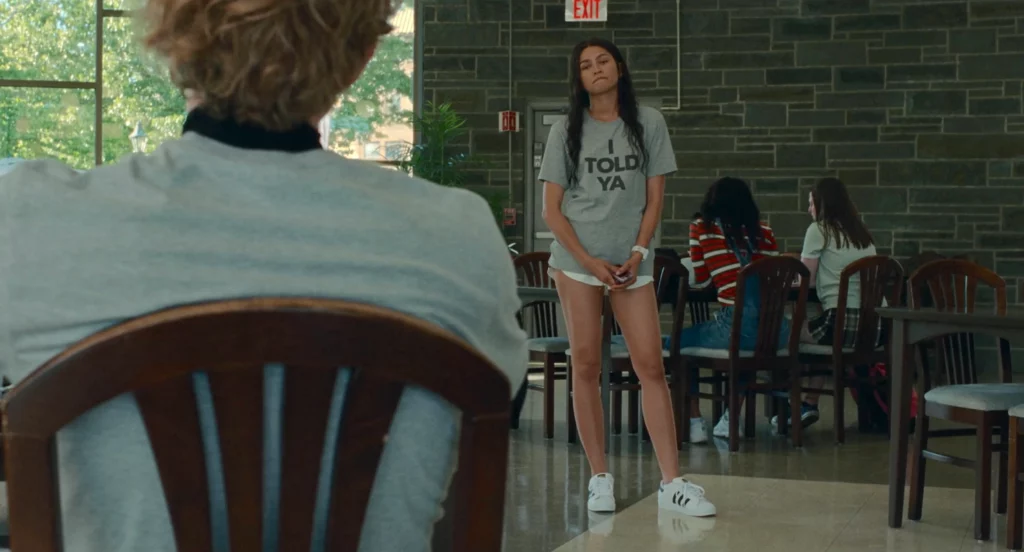
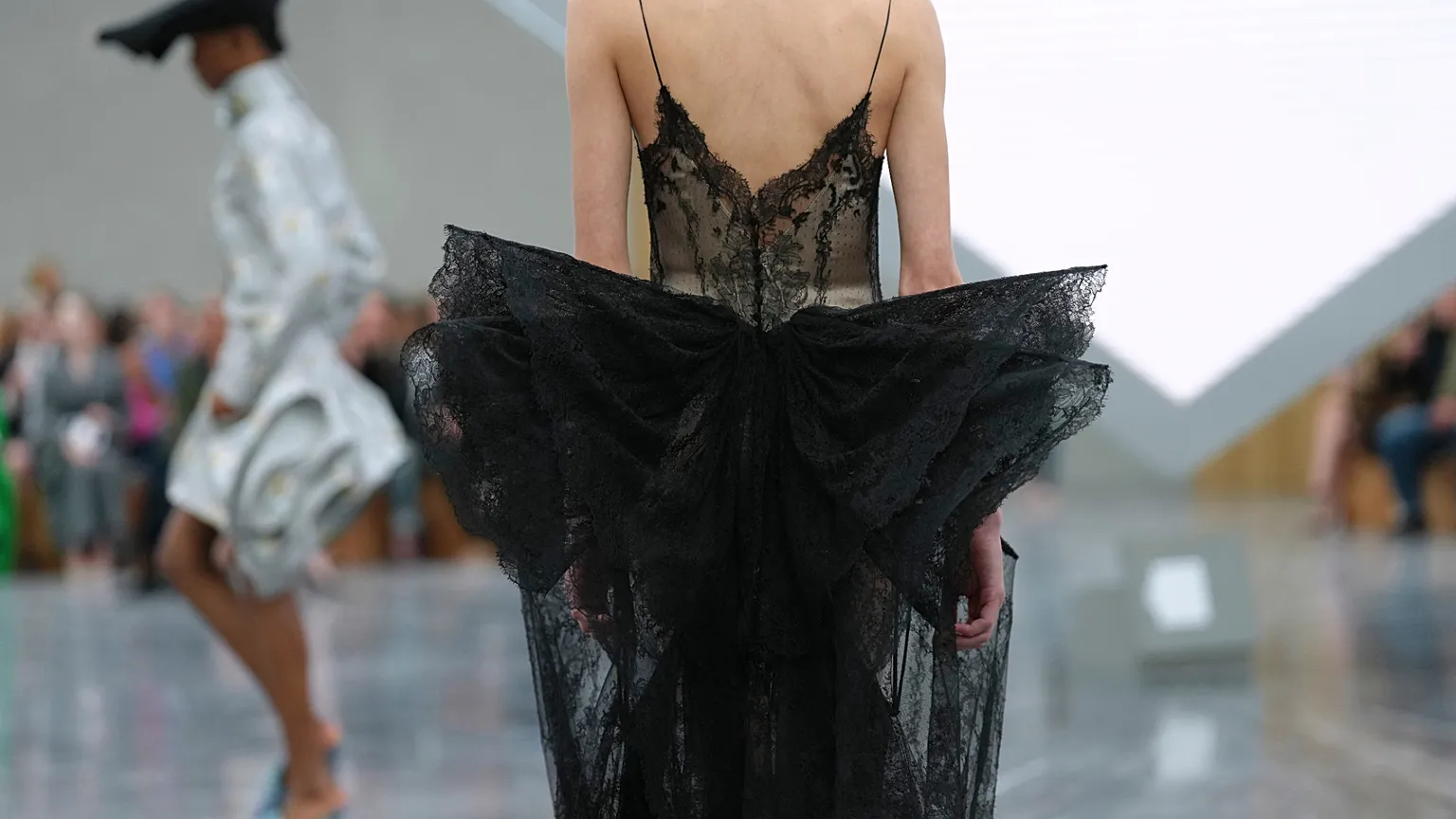
Jonathan Anderson is most known as one of the most innovative and influential fashion designers of his generation. He is also recognized for blending art, craftsmanship, and fashion in entirely new ways, highlighting artisan techniques and showcasing handcraft through slow luxury. In 2025, Anderson was appointed sole creative director of Dior, overseeing menswear, womenswear, and couture, a position not held since Christian Dior himself. His debut collections at Dior have already received standing ovations for balancing his visionary flair with the heritage of the brand, earning accolades for creativity, sculptural volumes, and subtle nods to both innovation and tradition. The top three things he is most known for are:
A Prolific Designer: Jonathan Anderson is celebrated for his unmatched creative output, designing an astonishing 16 to 18 collections a year across J.W. Anderson and now Dior. His ability to merge conceptual artistry with wearability has positioned him as one of the most dynamic forces in modern fashion.
The Iconic Handbags: Anderson’s surreal, witty approach to accessories has redefined what a “statement bag” can be. From the viral Pigeon Clutch, displayed in the Louvre and seen in Sex and the City, to his whimsical anthurium and knot bags at Loewe, his designs challenge luxury norms and blur the line between sculpture and fashion.
Cultural Moments and Character Dressing: Beyond the runway, Anderson has a talent for creating fashion moments that resonate culturally. The Loewe “Told Ya” T-shirt became a viral statement of quiet confidence, while his sleek, modern tailoring and sensual silhouettes defined the Challengers press tour, dressing Zendaya and igniting a new wave of “tennis-core” glamour. These moments demonstrate Anderson’s instinct for storytelling, making fashion feel both intimate and iconic.
Least Known For
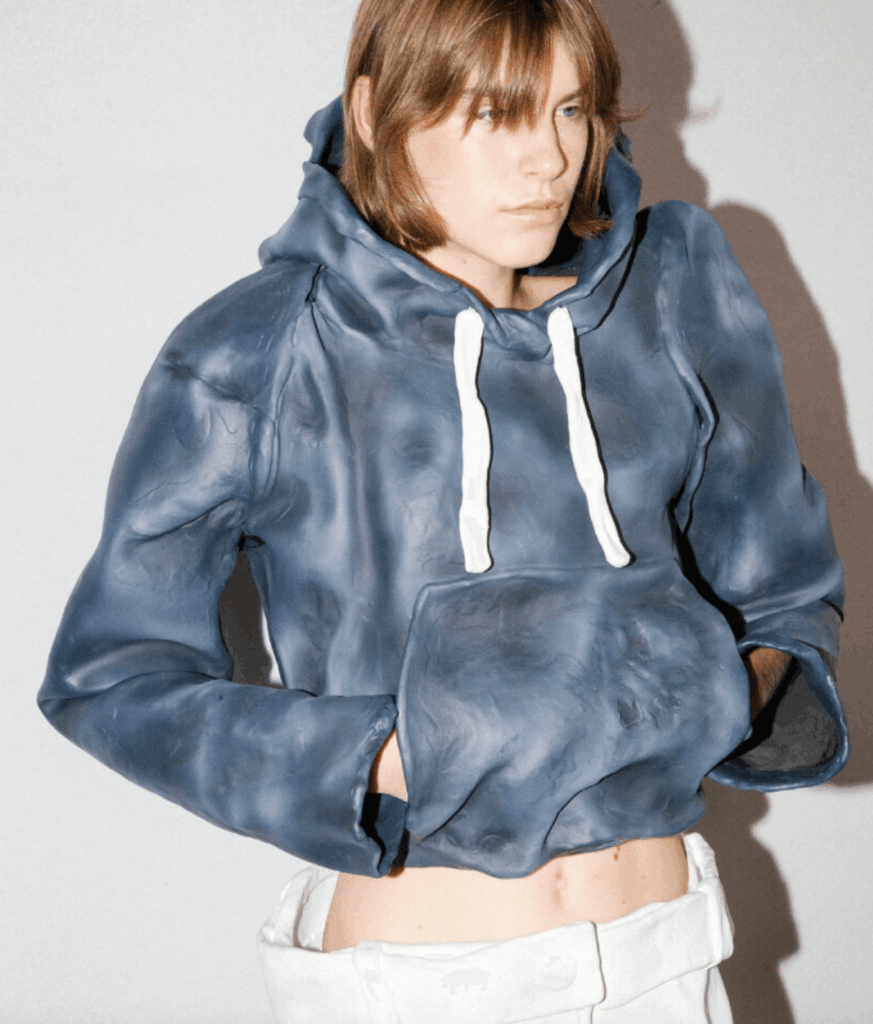
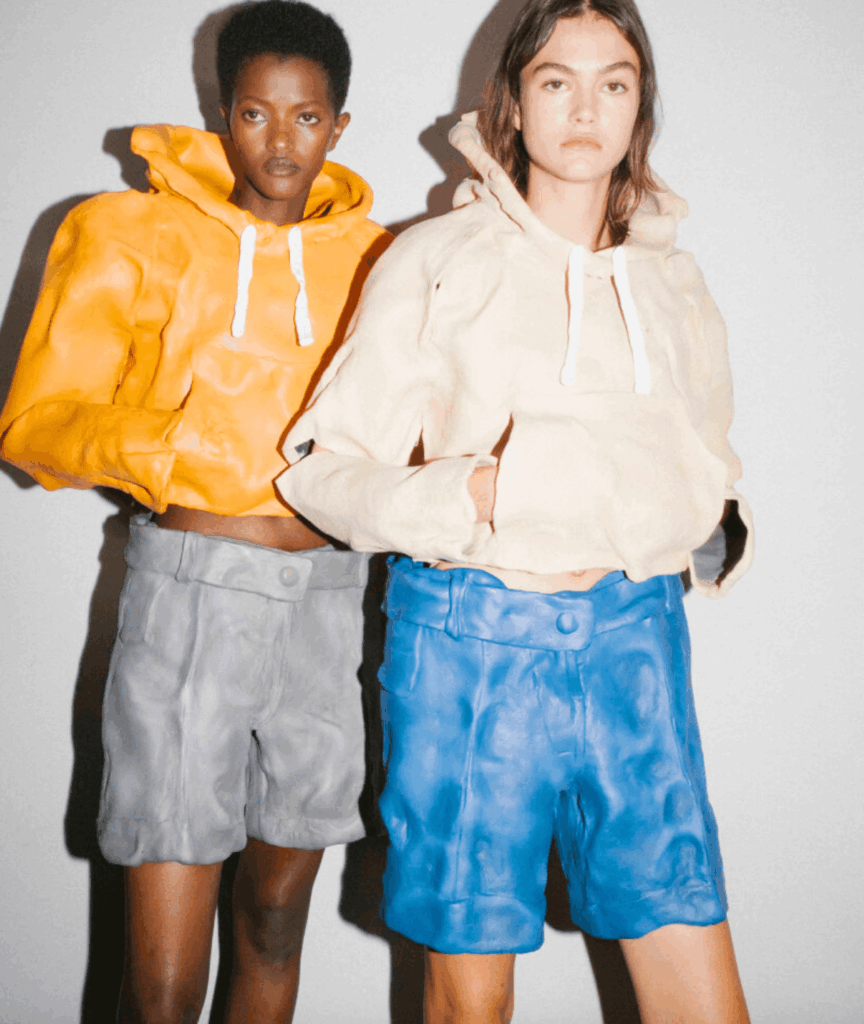
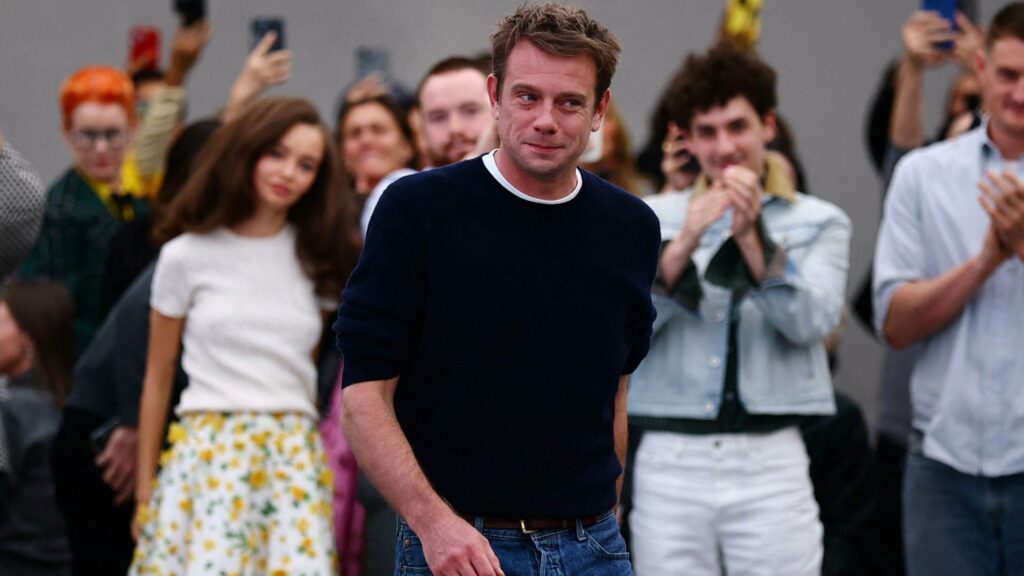
There are a few areas Anderson is less known for, either because they are more behind-the-scenes or simply not associated with his public brand. While his work explores identity and culture, he is not overtly political or publicly involved in activism. Even with collaborations like Uniqlo, he is not a household name for the average consumer. His blend of craft and intellectualism profoundly influences the creative lens he has developed, but the top three things he is least known for are:
What got Anderson into fashion?: When he was studying acting in Washington, Anderson met an incredible man, an African American nearly six-foot-seven, a giant drag queen who was in charge of costumes at the theater. Anderson spent more time with him than attending rehearsals, and he taught Anderson everything important about American designers, igniting his passion for fashion. After that, he lived in Dublin and got a job at the department store Brown Thomas, where he sold menswear. That was the first time Jonathan Anderson earned money in fashion, a small start to a big future.
The Thinker Behind the Brand: Anderson tends to frame design as an intellectual exercise. He is quietly one of fashion’s most literary minds, but few people outside the industry know how much writing, art theory, and philosophy feed his work. Behind his playful runway ideas, pigeon bags, and clay-like textures, there is always a dense, almost academic thought process that is rarely spoken about publicly.
His Design Process: Anderson has experimented with Plasticine (modelling clay) in his design process. In one project, he made hoodies and shorts molded from Plasticine, inspired by how teenagers reinterpret everyday basics like school uniforms, turning them into something personal, sculptural, and playful. This is not just a gimmick; it informs the way he thinks about silhouettes, volume, and what a garment could be beyond conventional cloth. He also considers how a three-dimensional form, such as a garment in real space, will translate into two dimensions for photography or runway imagery. He plays with shapes so that when the clothing is captured on models or digitally, it challenges the viewer. He is not satisfied with just how it looks in person; how it reads in media is an integral part of the design process.
Author Nadia kucukyildiz
I am passionate about fashion since a very young age. I love to design clothes and write about trends, today I work as a fashion assistant and I am based in Finland, where I have a Luxury vintage consignment store.
